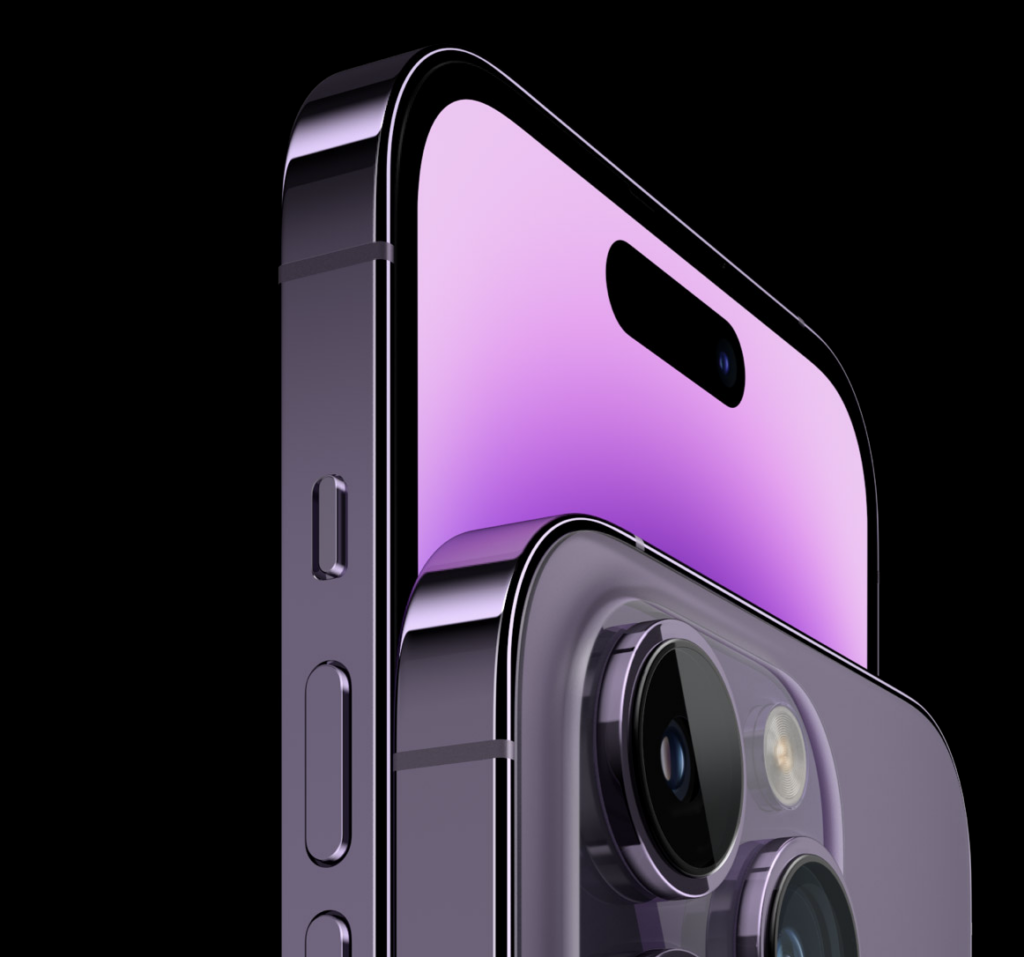What The iPhone 14 Can Tell Us About Other Upcoming Smartphones
The iPhone 14's satellite communication feature has prompted other smartphone makers to include a similar functionality with their upcoming phones.
This article is more than 2 years old

After the iPhone 14 was released, it made its debut with a brand-new feature. It has the ability to utilize low Earth-orbiting satellites to send emergency messages when someone is out of range of cell phone towers to relay those messages. Gilligan and his crew would have given everything for this piece of technology when they departed on their faithful voyage back on September 26th, 1964, but more importantly, the iPhone’s satellite feature may provide some inside as to the technology that other upcoming smartphones might feature, too.
All jokes aside, this is a neat breakthrough in technology for all of those adventure seekers that venture outside of traditional cell phone coverage areas. It has the ability to provide them with a safety net for when those adventures hit an unfortunate snag. All the iPhone 14 user has to do is point their phone directly at one of these low-orbiting satellites and hit send. That message will then be relayed by the satellite and reach its intended destination even when a user is in a no-bars reception zone.
That said, satellite phones are not a new concept, and in fact, they predated the first modern cell phones. The ultrarich used to have those big saddlebag contraptions that looked more like army field radio receivers, and they were able to make phone calls from their cars. This is true, and they were doing exactly what the iPhone 14’s are capable of, the reason they have not been utilized like that in many decades is that you needed to have a large antenna in order for the signal of the phone to reach the satellite.
The big difference between those old satellite phones is that cell phones’ radio signals are much more powerful today and can reach those satellites without the use of a few-foot-long antenna which would not be the most convenient for a mobile device we like to carry in our pockets or in our purses. This has enabled the iPhone 14 to have the software embedded in it that communicates with those satellites to be able to relay the message without a cell tower in close proximity.
There have already been a few instances where this technology has been used to rescue and save iPhone 14 users’ lives when they were stuck in a dire situation and out of cell phone range. According to CNET, “Some iPhone 14 owners have reportedly been saved already thanks to the feature, including one man stranded when traveling by snow machine in Alaska above the Arctic Circle.”
In another example, a couple who tumbled down into a steep canyon in a forest in Los Angles used technology to alert emergency services which were able to locate and rescue the couple a mere 30 minutes after the fall. Without the service Los Angles County Sherrif Sgt. John Gilbert told the Los Angles Times, “nobody would have known to look for them.”
The success of the iPhone 14’s satellite functionality has led more than a few other cell companies to start getting their latest models ready to also include this new feature. Qualcomm revealed earlier this month that upcoming Android models will include a send-and-receive satellite text message feature in the second half of 2023. They are calling it the Snapdragon Satellite service.
Similar to the iPhone 14, the Snapdragon Satellite service is only meant to be used for energy. However, that could change in the future, extending to all text messages. In addition to Apple and now Qualcomm, even smaller niche devices like Bullitt are getting in on the action being released as Motorola’s rugged branded phone powered by a Mediatek chipset.
This will give a bit of security to all of those who risk life and limb by participating in activities that occur outside of the traditional cell phone boundaries. It will be interesting to see how many more lives this technology saves as we move forward into the future.



